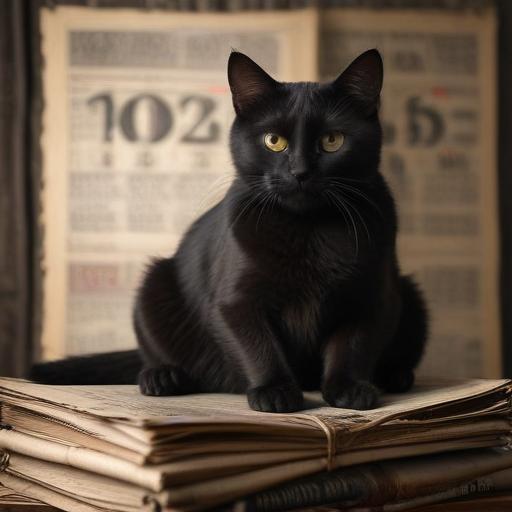This month brings a Friday the 13th, a date that many dread due to its association with superstition and bad luck. The fear surrounding this day is notably intense for those suffering from paraskevidekatriaphobia, or more simply, friggagtriskaidekaphobia, both of which are fears specifically tied to Friday the 13th.
The roots of this superstition trace back to various historical and cultural beliefs. In Scandinavian mythology, for instance, the number 13 was deemed unlucky due to the tale of twelve demigods being disrupted by a thirteenth, malevolent figure. Additionally, the Last Supper, a significant event in Christian theology, had Jesus and his twelve disciples—making Judas, the traitor, the unlucky 13th guest.
Historical events have also lent credence to the day’s ominous reputation. The infamous torture of the Knights Templar by King Philip IV of France occurred on Friday, October 13, 1307. Literature has perpetuated this sentiment as well; Geoffrey Chaucer referenced Friday as a day of misfortune in the 14th century.
Various incidents throughout history have further colored the day with misfortune, such as the World War I avalanches that claimed thousands of soldiers on December 13, 1916, and a tragic plane crash in the Andes in 1972 that led survivors to resort to cannibalism. Even more recently, on August 13, 2010, an English boy was struck by lightning at exactly 13:13, yet he survived unharmed.
Despite the grim tales associated with Friday the 13th, many view it with a sense of humor or use it as an opportunity to confront irrational fears. While some may choose to stay indoors or partake in unique rituals to ward off misfortune, others embrace the day as a chance for fun and mischief. In a world filled with anxiety, turning the superstitions of Friday the 13th into light-hearted anecdotes might just help alleviate some of that trepidation.
One positive takeaway is the resilience people display in humorously navigating these fears, showcasing the diverse perspectives we can hold about seemingly ominous dates. Whether you are a believer or a skeptic, it’s an opportunity to reflect on the interplay between fear, culture, and the human experience.
